Japan is home to a plethora of historical temples, each with its own beauty and cultural significance. These places are popular destinations for those looking to learn more about Japanese traditions and spirituality. Let's explore 20 of the most famous temples, highlighting the essentials about each one.
Table of Content
How many Temples and Shrines are there in Japan?
Japan is a country filled with Buddhist temples and Shinto shrines, and the total number of these structures is impressive. It is estimated that there are over 77,000 Buddhist temples and around 81,000 Shinto shrines spread across the country, totaling more than 150,000 sacred sites.
The high quantity reflects Japan's deep connection with its religious traditions. Buddhism, which arrived in Japan in the 6th century, and Shintoism, the native religion, coexist harmoniously. It is common for people to visit Shinto shrines for celebrations such as weddings or New Year and Buddhist temples for funeral ceremonies and tributes to ancestors, which are often found in the same location.
Kinkaku-ji: The Golden Pavilion
The Kinkaku-ji in Kyoto is known for its exterior covered in gold leaf that shines brightly in the sunlight. Built in the late 14th century, it was originally a luxurious residence before becoming a Zen temple. Surrounded by a lake and meticulously designed gardens, the pavilion's reflection in the water creates one of the most photographed scenes in Japan.
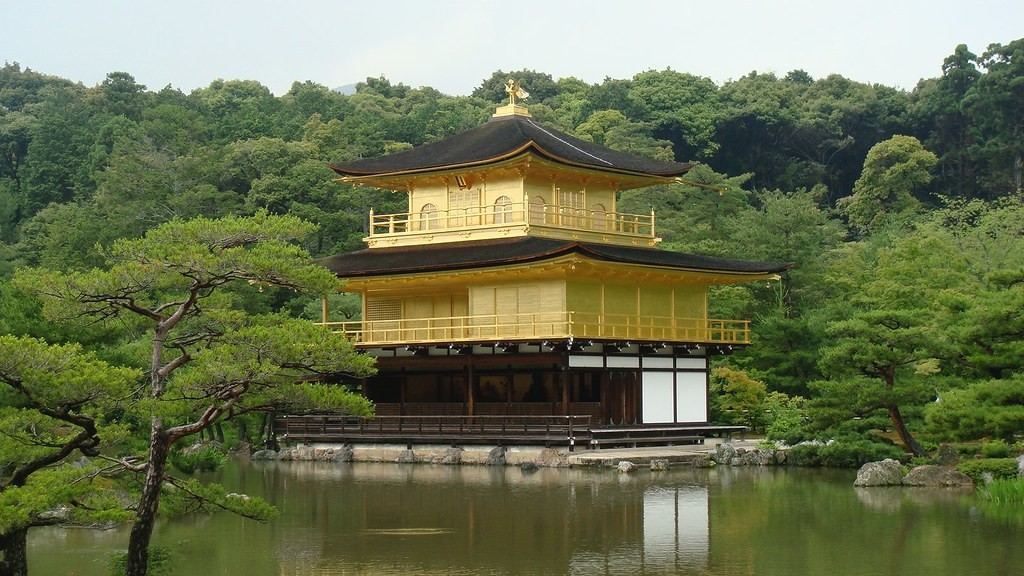
Senso-ji: The Ancient Temple of Tokyo
Located in Asakusa, the Senso-ji is the oldest Buddhist temple in Tokyo, dating back to the year 645. The iconic red lantern at the Kaminarimon gate is one of the city's most recognized symbols. Nakamise Street, which leads to the temple, is ideal for exploring traditional shops and tasting local foods while walking towards this historical landmark.
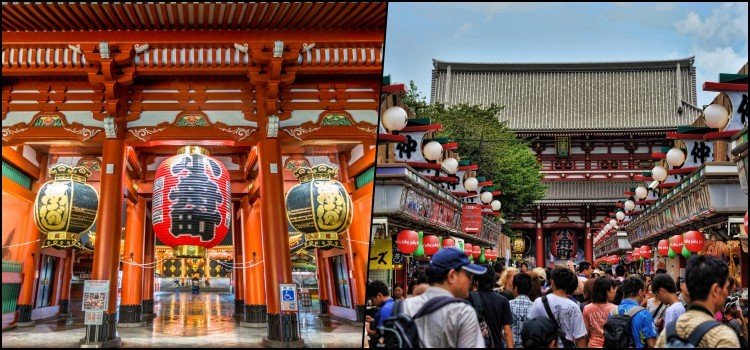
Fushimi Inari Taisha: The Temple of the Red Gateways
Famous for its thousands of red torii that form tunnels through the mountains, Fushimi Inari Taisha in Kyoto is an important Shinto shrine dedicated to the goddess of rice and prosperity. Visitors can walk along the trails that lead to the top of the mountain, passing by small shrines and stunning views.
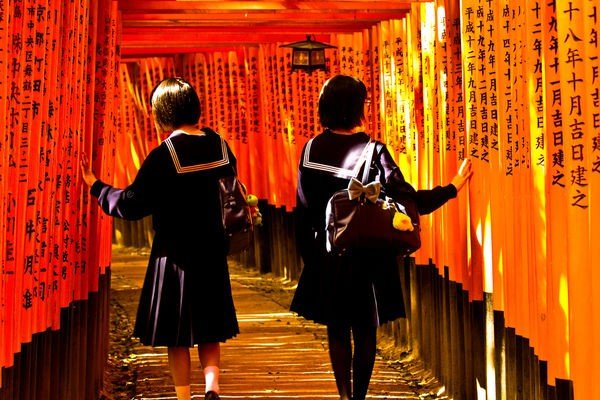
Todai-ji: The Great Buddha of Nara
Todai-ji, in Nara, is famous for housing one of the largest bronze Buddha statues in the world. Built in the 8th century, the temple reflects the grandeur of the ancient Japanese capital. Its Nandaimon gate, protected by imposing guardian statues, is another must-see highlight.

Ryoan-ji: The Art of the Zen Garden
Also in Kyoto, Ryoan-ji is known for its zen garden, considered a masterpiece of minimalism. Composed only of stones and sand, the garden invites meditation and reflection. It is a place that exemplifies the simplicity and serenity of Japanese aesthetics.
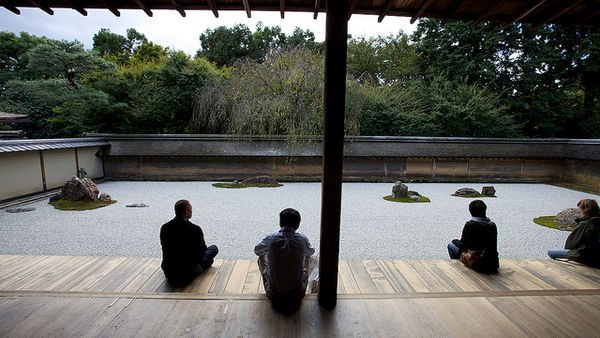
Itsukushima: The Temple in the Water
On the island of Miyajima, the Itsukushima Shrine is famous for its iconic floating torii gate, which appears to emerge from the sea during high tide. This Shinto temple, dating back to the 12th century, symbolizes the harmony between man and nature and is a UNESCO World Heritage Site.
Kiyomizu-dera: The Kyoto Temple with a Stunning View
Located in Kyoto, Kiyomizu-dera is famous for its wooden balcony that juts out over a cliff, offering panoramic views of the city and the surrounding mountains. Originally built in 778, the temple is dedicated to the goddess Kannon and is surrounded by cherry and maple trees, making it especially beautiful during spring and autumn.

Byodo-in: A Buddhist Sanctuary in Uji
Located in Uji, near Kyoto, Byodo-in is known for the Phoenix Hall, a building that appears on the 10-yen coins. This 11th-century temple is a classic example of Heian Buddhist architecture and is surrounded by a reflective pond that mirrors its timeless beauty.

Rinnō-ji: The Historic Temple of Nikko
Located in Nikko, Rinnō-ji is famous for its three great golden Buddhas and its significance as a Buddhist center in the region. Founded in the 8th century, it is one of the most visited temples in Nikko National Park, amidst stunning mountains and waterfalls.

Sanjusangendo: The Hall of a Thousand Statues
Another highlight of Kyoto, Sanjusangendo houses 1,001 statues of the goddess Kannon, each intricately carved from wood with amazing details. This 13th-century temple impresses not only with the number of statues but also with the spiritual impact of the location.
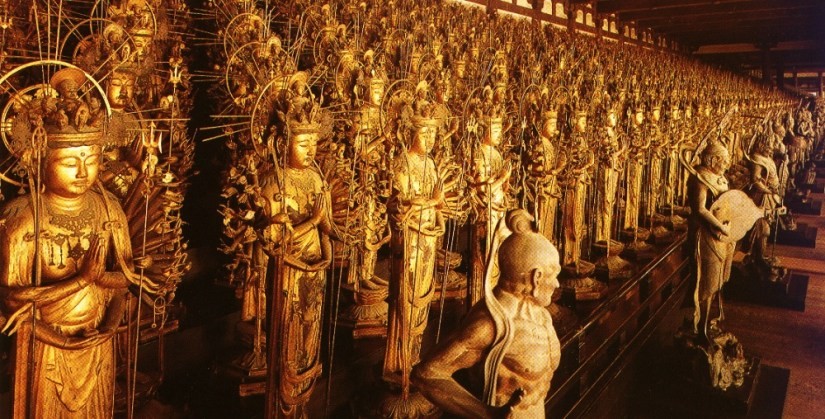
Ginkaku-ji: The Silver Pavilion
Also in Kyoto, Ginkaku-ji, or the Silver Pavilion, was inspired by Kinkaku-ji, but with a more modest focus. Although the building was never coated in silver, the temple stands out for its zen gardens and landscaping that reflect the simplicity of wabi-sabi aesthetics.

Daigo-ji: A Historical Treasure
This Buddhist temple in Kyoto is famous for its five-story pagoda, the oldest in the city, and for its lush cherry blossoms during spring. Founded in 874, Daigo-ji is a UNESCO World Heritage Site and offers an experience of tranquility and connection with nature.
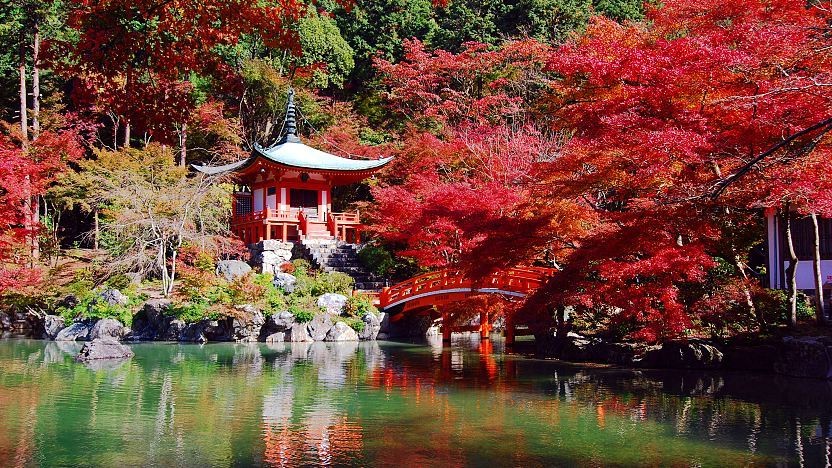
Enryaku-ji: A Complex in the Mountains
Located on Mount Hiei, near Kyoto, Enryaku-ji is one of the most important monasteries of Japanese Buddhism. Founded in the 8th century, it offers spectacular views and a serene atmosphere, ideal for meditation and spiritual exploration.

Horyu-ji: The Oldest Temple in Japan
Located in Nara, Horyu-ji is considered the oldest wooden temple in the world, dating back to the early 7th century. It is a UNESCO World Heritage Site and an architectural jewel that offers a fascinating glimpse into ancient Japan, with its five-story pagoda and impressive historical collection.
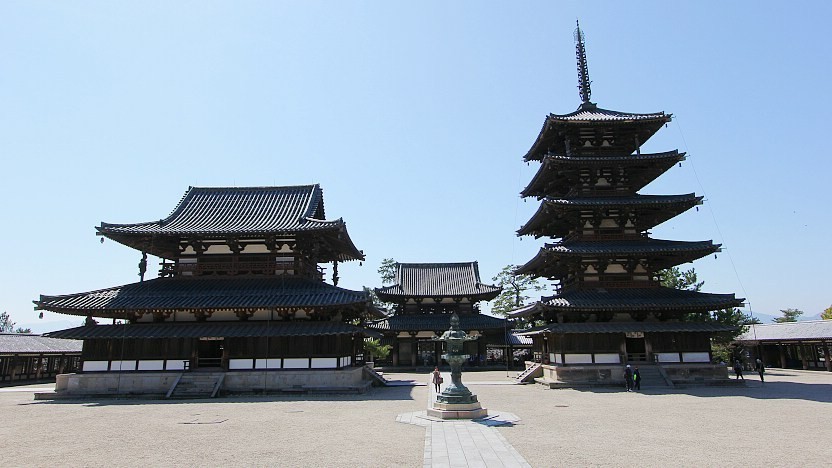
Eikando Zenrin-ji: The Temple of Momiji
This temple in Kyoto is especially famous for its stunning display of red maple leaves in the autumn. In addition to its seasonal beauty, Eikando has a unique statue of Amida Buddha looking back, a rare feature in Buddhist temples.
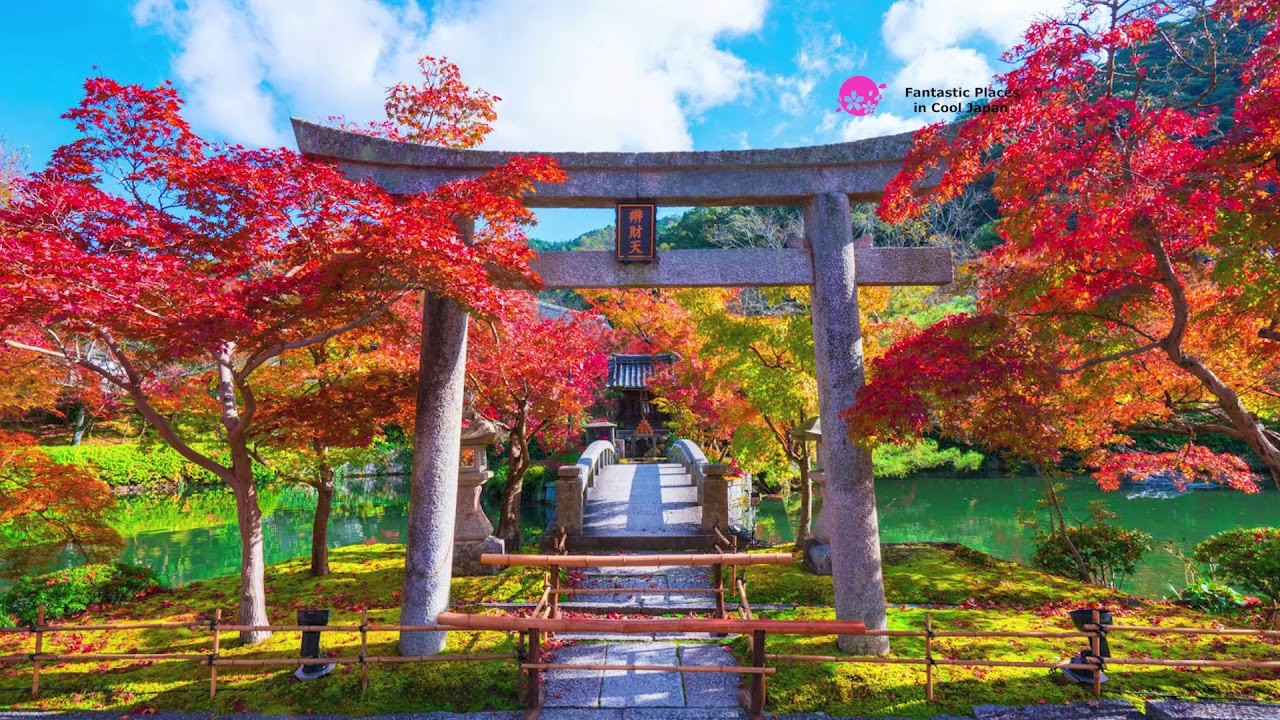
Kotoku-in: The Great Buddha of Kamakura
Located in Kamakura, the Kotoku-in is known for its imposing bronze statue of Amida Buddha, which measures 13.35 meters in height. Built in the 13th century, the outdoor statue has withstood earthquakes and typhoons, symbolizing resilience and serenity.
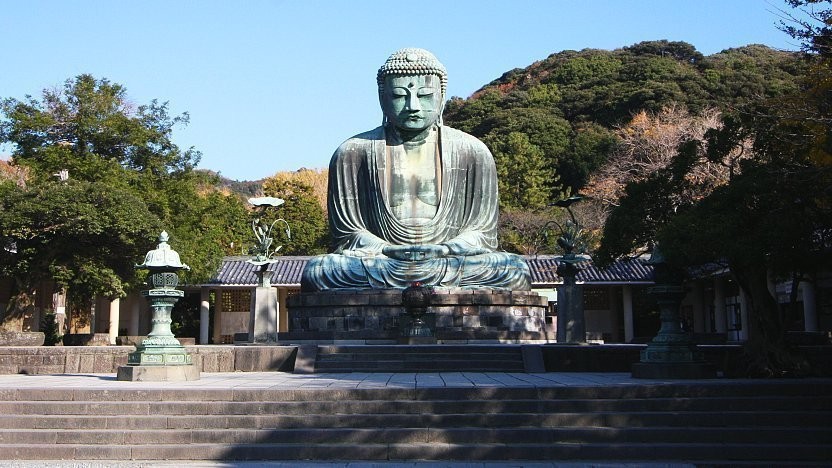
Chion-in: The Temple of Jodo Buddhism
The headquarters of the Jodo School of Buddhism, Chion-in, in Kyoto, features one of the largest wooden gates in Japan and a gigantic bell that is rung 108 times on New Year's Eve. It is a grand place that reflects the importance of spiritual devotion in Japanese culture.
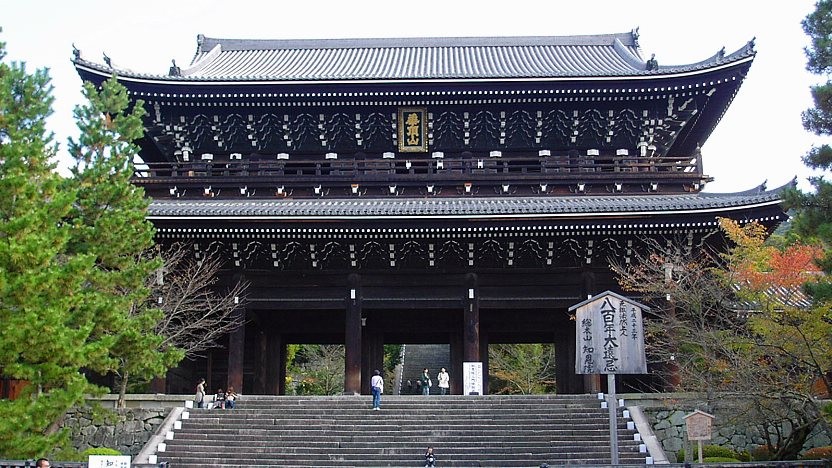
Zuigan-ji: Treasure of the North
Located in Matsushima, in the Miyagi Prefecture, Zuigan-ji is famous for its meditation caves carved into the rock and its serene beauty by the seaside. This 9th-century temple combines magnificent architecture with a stunning landscape.

Tofuku-ji: The Bridge to Meditation
Another highlight of Kyoto, Tofuku-ji is known for its Tsutenkyo bridge, which offers spectacular views of the maple trees surrounding the temple. This location is ideal for meditation and relaxation, especially during autumn when the leaves turn into a colorful spectacle.

Kokedera: The Moss Temple
Also known as Saiho-ji, Kokedera in Kyoto is famous for its garden covered in over 120 species of moss. To visit, it is necessary to make a reservation and participate in a meditation session, making the experience even more special and introspective.

Tsurugaoka Hachiman-gu: The Center of Kamakura
This Shinto shrine in Kamakura is dedicated to the god of war, Hachiman, and is the heart of the city. Its iconic stairway and strategic location make it a vibrant cultural and spiritual meeting point.
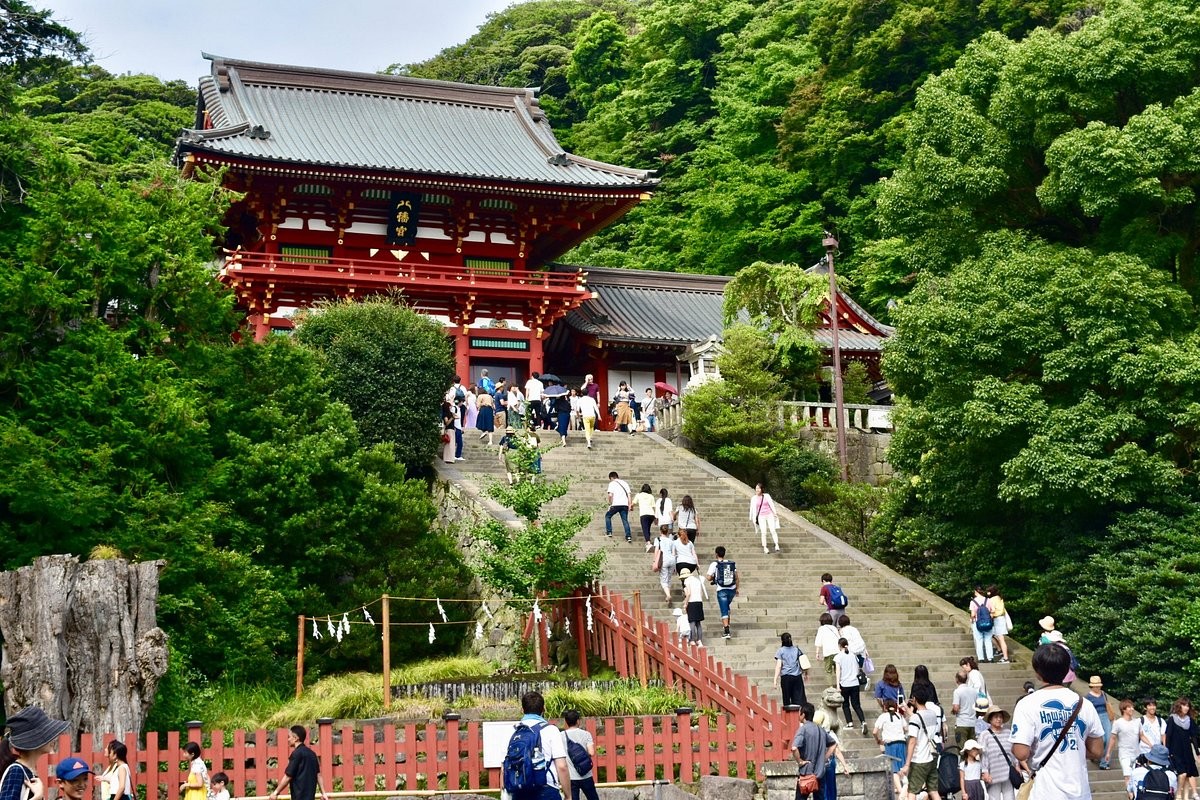
Shokoji Temple - 聖光寺
This temple is located north of Lake Tateshina (蓼科) and has about 300 Somei Yoshino cherry trees. The cherry trees of Shokoji temple bloom late because it is situated 1200 meters above sea level where the temperature is lower than any other points in Honshu.
Joukouji Temple - 常光寺
The Joukouji Temple is located in the city of Shiojiri in Nagano Prefecture. The city's population is over 66 thousand people.
Shitenno-ji: The First Temple of Japan
Located in Osaka, Shitenno-ji is considered the oldest Buddhist temple in Japan, founded in the 6th century by Prince Shotoku. Its structure follows a classic style with a five-story pagoda and a beautiful garden that symbolizes the Buddhist paradise. It is a historical landmark that represents the introduction of Buddhism to the country.
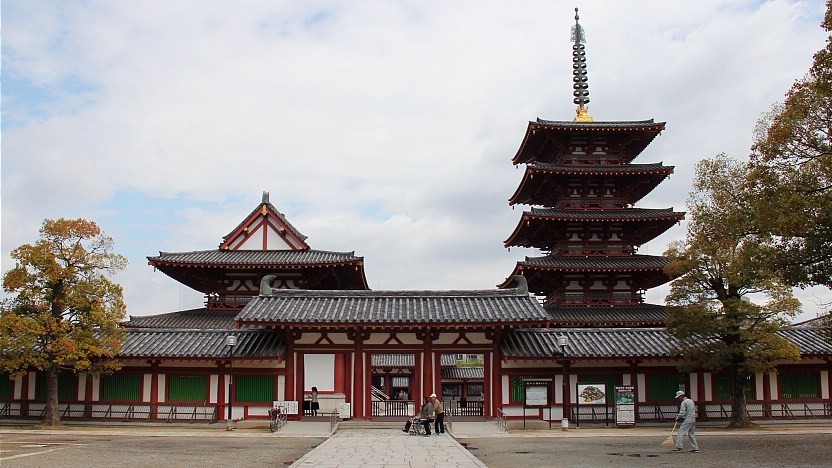
Ninna-ji: The Temple of Cherry Blossoms
Located in Kyoto, Ninna-ji is famous for its late-blooming cherry trees, known as Omuro Zakura, which blossom later in the spring. Founded in the 9th century, the temple is a UNESCO World Heritage Site and combines imperial architecture with zen gardens, creating an atmosphere of serenity.
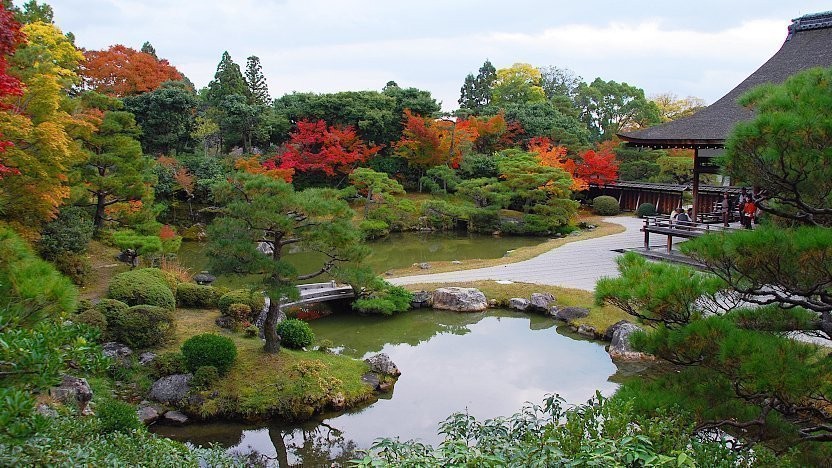
Kennin-ji: The Dragon Temple
Located in Kyoto, Kennin-ji is the oldest Zen temple in the city, founded in 1202. It is famous for its "Twin Dragon" painting on the ceiling of the main hall, as well as its beautiful Zen gardens. This temple is ideal for those seeking a peaceful place for meditation and artistic appreciation.
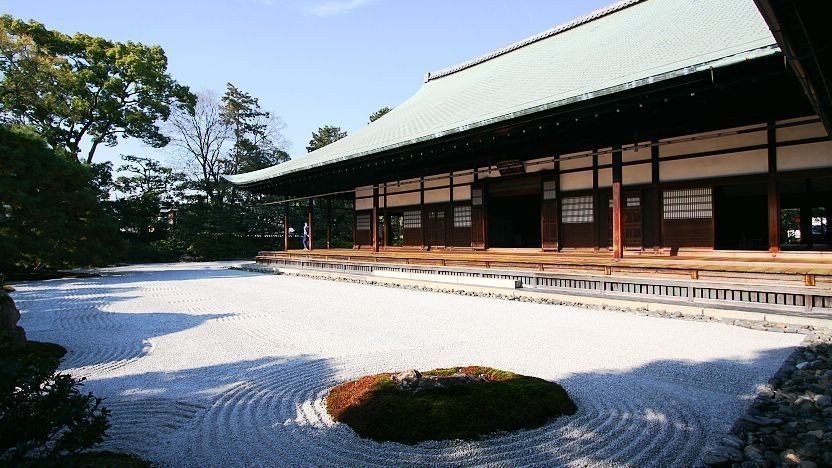
Chokoji Temple - 長興寺
The temple is located in Shiojiri City in Nagano Prefecture. The Buddhist temple is of the Soto sect, and was founded in 1527. In the temple you will find a beautiful garden and the blue pine mountain. Every month the monks give talks on flowers, tea ceremony and the history of the place.
These temples and shrines represent the diversity and richness of Japanese heritage, each offering something unique, whether through architecture, landscape, or history. They are living witnesses of the spirituality and art that have shaped Japan over the centuries.
